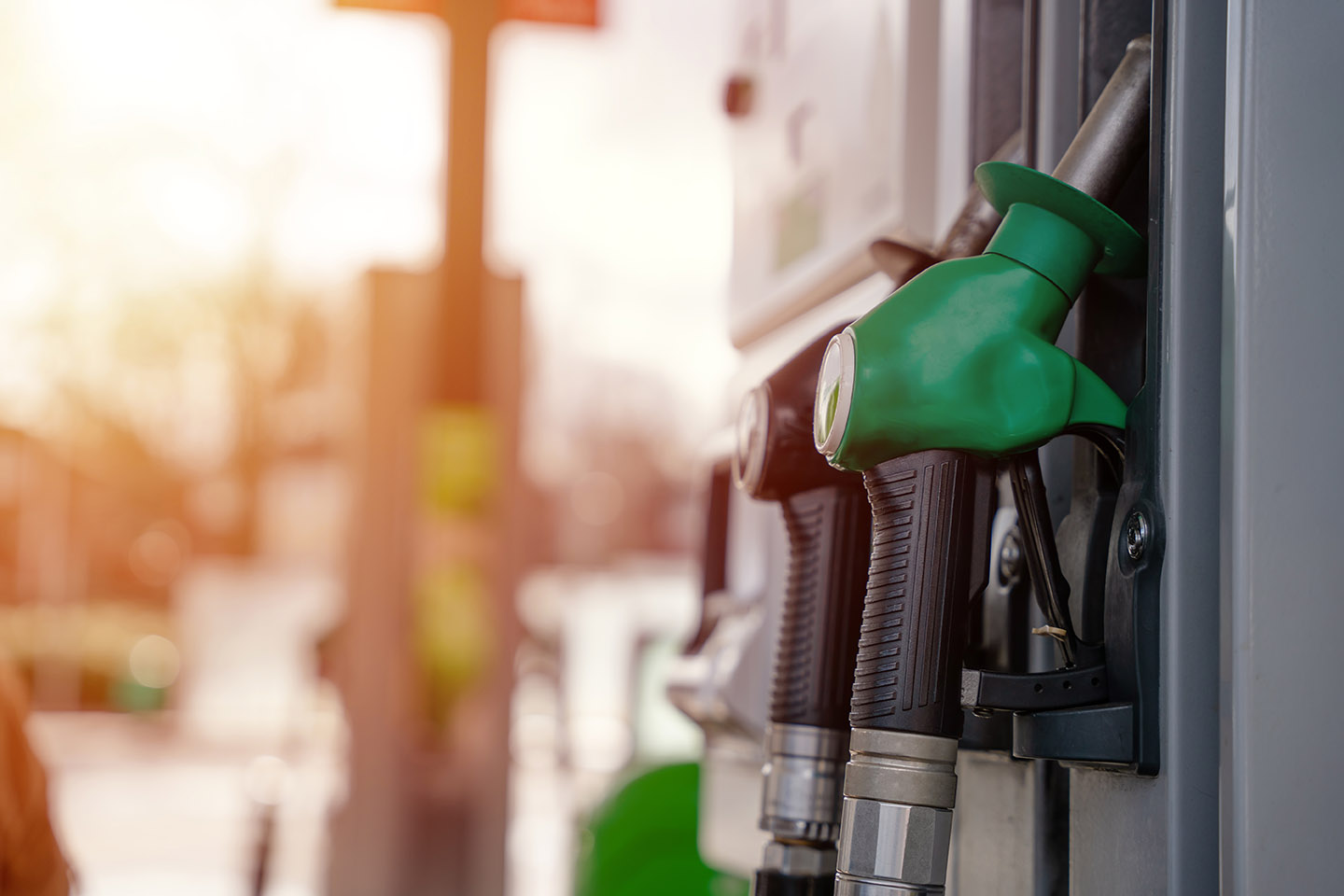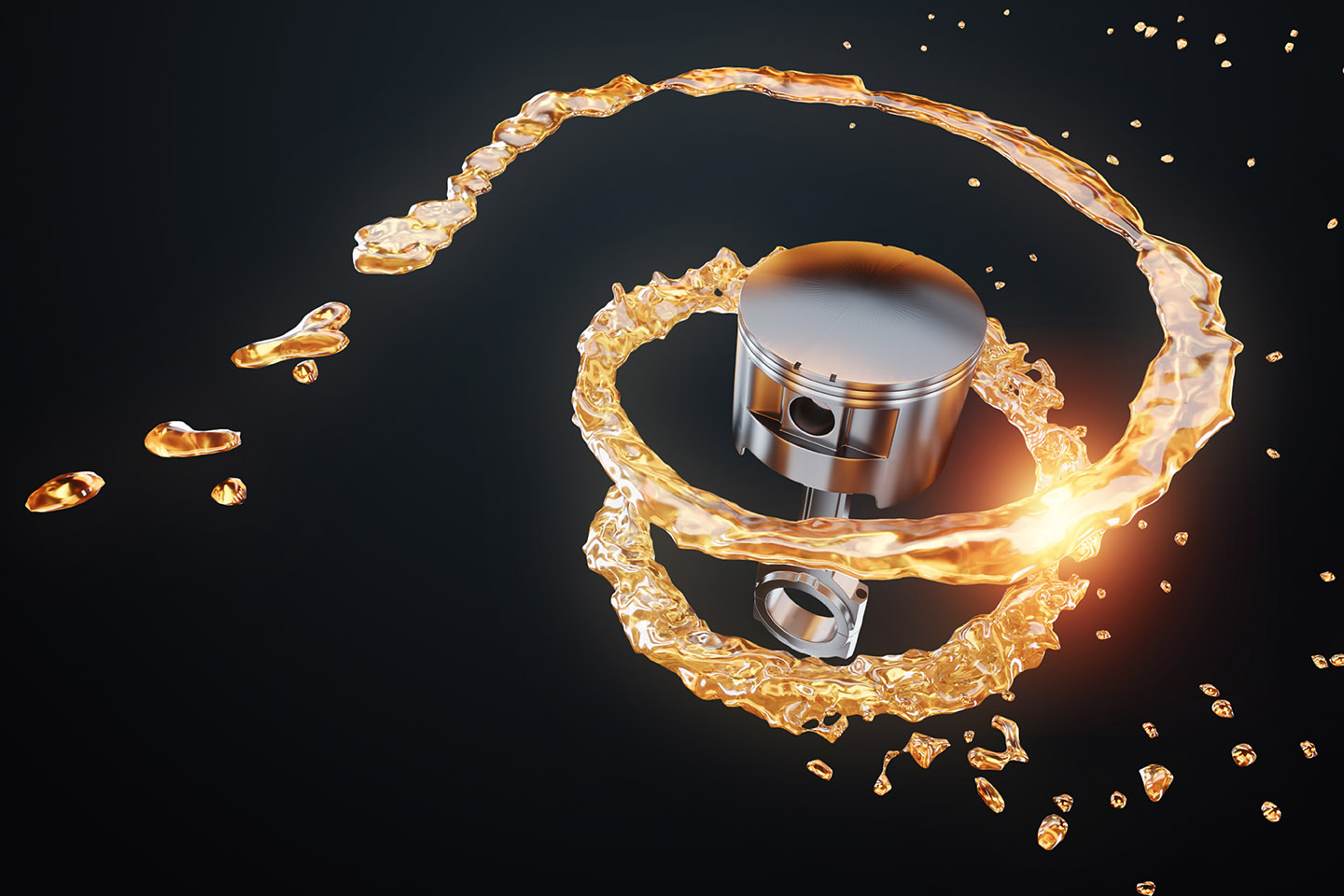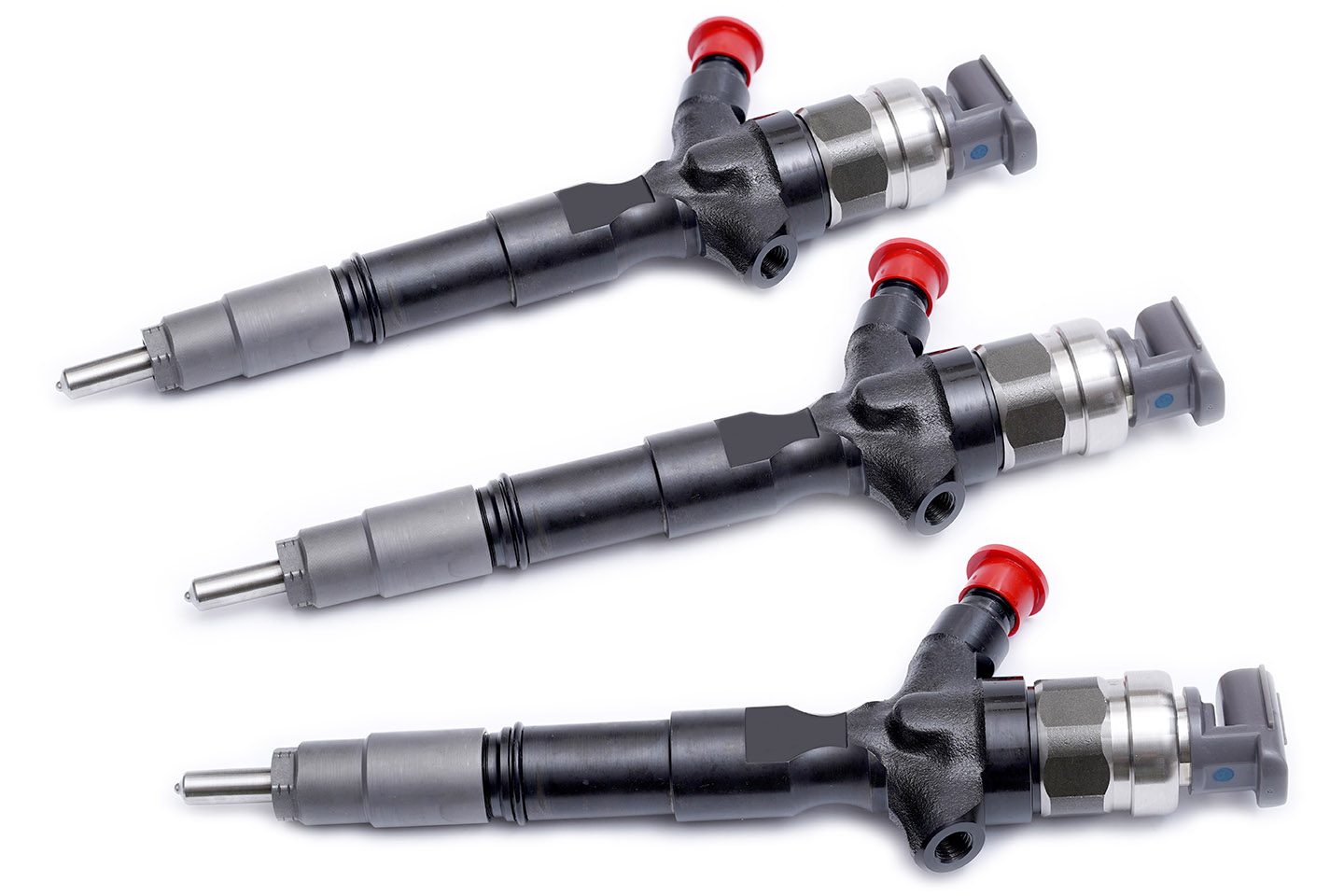What Is Diesel?
Aug 4th 2023

Irene Miller / Shutterstock.com
Around 76 percent of all commercial trucks in the U.S. are powered by diesel engines, which use compression-based ignition to turn diesel fuel into mechanical energy. But what is diesel fuel and how is it made? This type of fuel is designed to burn at extreme temperatures when mixed with highly compressed air. Get to know the materials that power your truck to better understand how it gets from point A to B.
What Is Diesel?
Diesel fuel, or distillate fuel oil, is a combination of hydrocarbons from distilled crude oil, which is mined from the earth. It coalesces into an amber-green fluid that is thicker than traditional gasoline. However, the density and color of the fuel will vary based on how it’s being used.
The name “diesel” derives from its inventor, Rudolf Diesel, who discovered a way to ignite fuel without a spark using high compression. He patented the diesel engine and diesel fuel in the late 1800s. Not only were these machines more efficient than traditional gas vehicles, but Diesel also believed they would help skilled craftsmen compete with large industries.

Marko Aliaksandr / Shutterstock.com
All diesel engines use diesel fuel, including construction and farming equipment, freight and utility vehicles, as well as submarines, tanks, and generators for producing electricity. Engineers have since improved upon Diesel’s original model, but the basic principles remain the same: Compressed air and fuel will ignite when exposed to extreme heat. If you put unleaded gas into your diesel engine, it could lead to permanent damage.
In a diesel engine, the fuel is injected directly into the combustion chamber. The fuel injector pump moves the fuel to the fuel injectors, which use oil to compress the fuel so that it gets injected into the chamber as a fine mist. The pump distributes the low-pressure fuel to each of the injectors to improve fuel efficiency. You can replace the injector pump to improve the flow of fuel if you experience a sudden loss of power or are going through more fuel than usual.
The timing of the injector pump is connected to the crankshaft, which converts the motion into rotational motion that drives the wheels forward. Fuel injection may be off if the crankshaft is in the wrong position. The crankshaft position sensor controls the injector pump, but it can fall out of sync over time. Use this temporary fix for a crankshaft position sensor error.
Shop All Diesel Products
How Is Diesel Made?
The hydrocarbons from the crude oil must be refined at a refinery using a process called distillation. The process will vary based on the type of fuel being produced. These materials can be used to make all types of diesel fuels, as well as traditional gasoline.

ZhdanHenn / Shutterstock.com
During distillation, the oil is boiled in a tower, which releases vapors into the air. The vapors will then condense on a series of trays at varying heights. The higher trays will collect the lightest particles while the lowest trays collect the heaviest particles. The various densities are then used to produce different kinds of fuel.
Types of Diesel Fuel
Each type of diesel fuel contains different properties. They are designed for particular types of vehicles and driving conditions.
Diesel 1
This type of diesel tends to be the preferred choice when driving in the winter. Regular diesel fuel can gel together in cold temperatures, making it harder to run through the engine. Diesel 1 comes with a slightly lower viscosity than regular diesel while cleaning various fuel system components for faster start times and less wear and tear.
Diesel 2
Diesel 2 is the most widely available type of diesel fuel, making it the standard choice for many drivers. It is easier and cheaper to produce than Diesel 1, which should help you save money at the pump. It is also known as ultra-low sulfur diesel (ULSD). This version contains less sulfur, an element considered harmful to humans.
Off-Road Diesel
Off-road diesel isn’t any different than Diesel 1 or 2, but it is often dyed red to separate it from other types of fuel. It is only used in off-road vehicles and equipment that isn’t operated on public roads and is subject to lower taxes. You will face a steep fine if you try using red diesel in an on-road truck.
The type of fuel you use will affect the overall performance and condition of your vehicle. Use the right type of diesel and replace your fuel system parts as needed to avoid damaging the engine.
